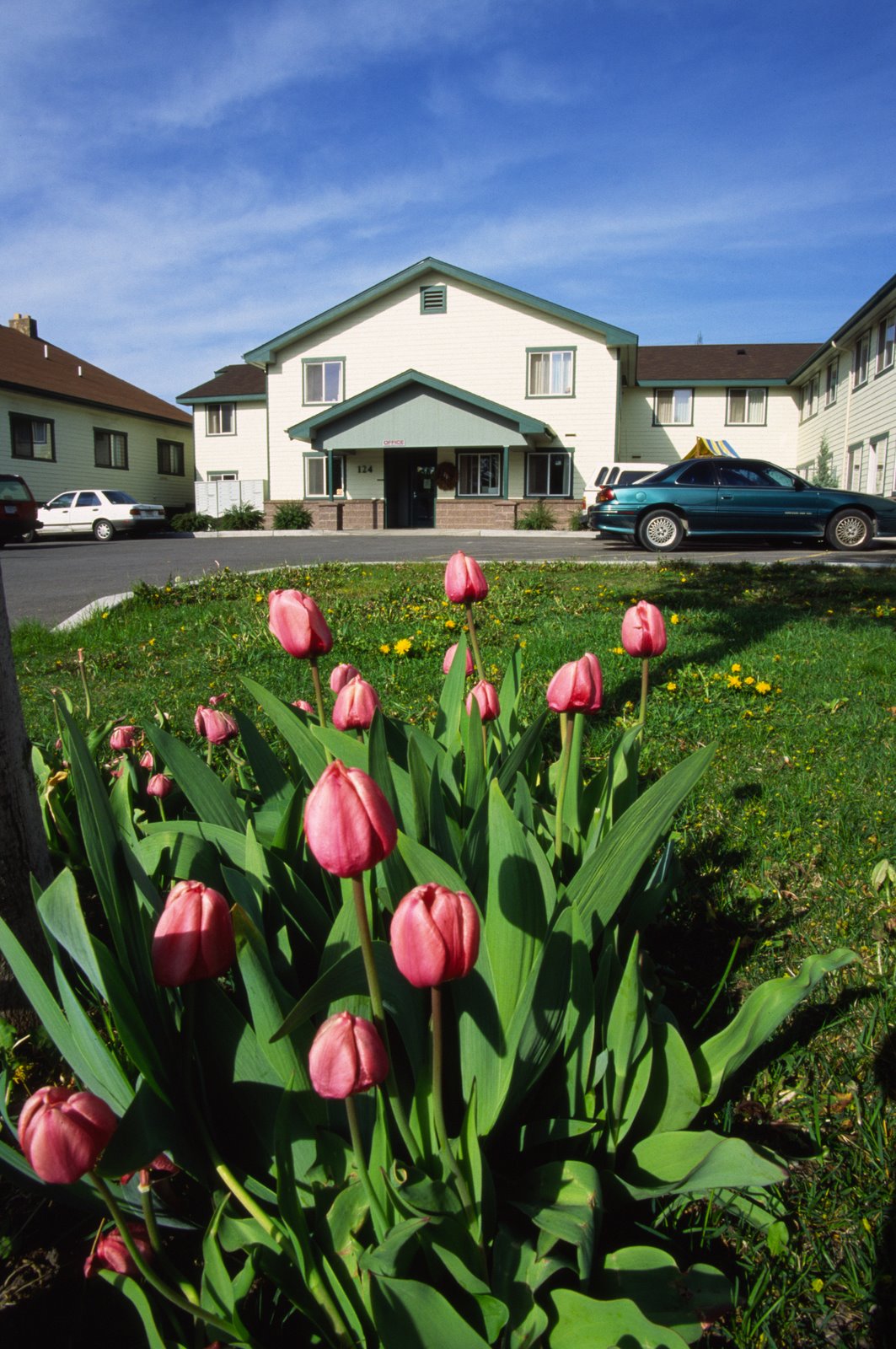skip to main |
skip to sidebar
A Silent Terror
Over the
years I have discussed several issues but perhaps none are as heartbreaking and
devastating as today's topic: the trafficking of runaway youth. Human
trafficking is when people
are tricked, lured, coerced or otherwise removed from their home or country, and
then forced to work for the evilest of people in the most reprehensible of roles.
Human
trafficking is modern day slavery and the three main issues are slave labor, sexual
exploitation, and prostitution. Underage and runaway homeless youth are often preyed upon,
especially in regard to forced prostitution. Many runaway youth quickly realize the
difficulties associated with homelessness and living on the streets. These kids often
try their best to survive without assistance but eventually life becomes too difficult on
their own and they find themselves in dire situations.
Traffickers
force their victims to engage in these activities. Force involves the use of rape,
beatings and confinement. Forceful violence is used especially during the early stages of
victimization, known as the 'seasoning process', which is used to break the victim's
resistance to make them easier to control. The goal is to dehumanized the victim to
the point they believe they actually owe the trafficker.
Fraud often
involves false offers that induce people into trafficking situations. For example,
women and homeless youth will reply to advertisements promising jobs as waitresses,
maids and dancers and are then trafficked for purposes of prostitution once they arrive
at their destination.
Coercion
involves threats of serious harm or physical restraint. It is a scheme, plan,
or pattern
intended to cause a person to believe that failure to perform an act will
result in devastatingly
injurious consequences.
Victims of
trafficking are often subjected to debt-bondage, usually by having to pay off food or
clothes that are bought for them. Traffickers often threaten victims with
injury or death, or
the safety of the victims' family back home. Traffickers commonly take away the victims'
identification and isolate them to make escape more difficult. Many fear for their lives
if they attempt to flee.
In most
cases, victims are trapped into a cycle of debt because they have to pay for
all living
expenses in addition to the initial transportation expenses. Fines for not
meeting daily quotas
of service or "bad" behavior are also used by some trafficking
operations to increase
debt. Most trafficked victims rarely see the money they are supposedly earning and may not
even know the specific amount of their debt. A sense of hopelessness spirals into
despair and then embarrassment. The victim begins to wrongly believe they deserve what
has happened. There is so much to talk about regarding human trafficking and
its relation to homelessness. My next blog will continue the discussion. Here
are some statistics to think about
until then.
There are
100,000 to 300,000 underage girls being sold for sex in America. The average
age of entry into prostitution is 12-14 years old, both boys and girls. 1 out of
every 3 teens on the street will be lured toward prostitution within 48 hours
of running away
from home.


No comments:
Post a Comment